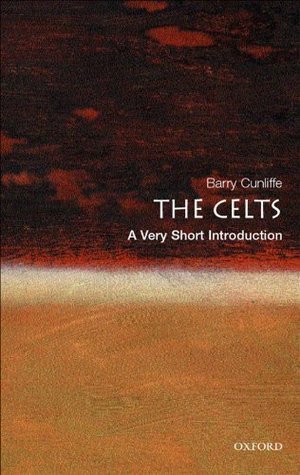What do you think?
Rate this book


184 pages, Kindle Edition
First published June 26, 2003
This book is for you if… you seek an introduction to the field of Celtic Studies or need a refresh. It’s certainly not revolutionary for even laypersons who’ve already busied themselves with what archaeology and anthropology might label Celtic.
‘The creation of cultural identities in the Celtic-speaking countries has, understandably, depended upon nurturing languages. But minority languages have a natural tendency to die out. This is true of the Celtic languages. The last Cornish speaker died in 1777. Manx is no longer spoken except on certain ceremonial occasions and the others are under threat in spite of a growing desire to nurture them.’